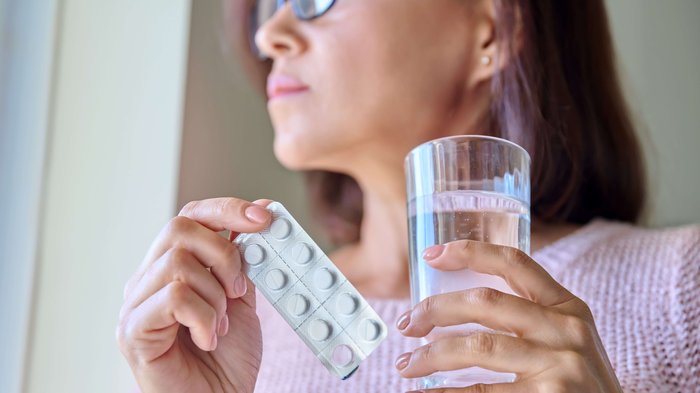Pain in lipoedema

Pain in Lipoedema
Pain seems to affect around 70% of people with lipoedema. Lipoedema pain can range from heavy dull aching legs to extreme pain, even due to the lightest touch. For some people, a slight knock to the legs can feel like being kicked hard. Examples of pain in lipoedema:
- Heavy achy legs that may or may not be continuous
- Pain in the calves, especially when standing for long periods
- A mild sensation like an overworked muscle where you might need to sit down and rest until it passes
- A tingling/restless sensation in the area
- Discomfort from fat knee pads when kneeling
- Pain in hips and knee joints, often due to changes in walking gait
- Constant pain that can be made worse by mental health problems.
Why is lipoedema painful?
The underlying causes of pain are not fully understood. It may be due to increased fatty tissues. Inflammation in the lipoedema fat will influence the sensory nerves, and lead to fibrosis (hardness) in the connective tissues. Enlarged legs can cause chaffing when walking. Extra weight around the knees and hips may put pressure on the joints. Changes in your walking gait or large buttocks can also cause pain in the lower back.
Managing pain in lipoedema
Chronic (long term) pain can be hard to live with and you should talk with your doctor, or get a referral to a chronic pain service if required. If you can, keep moving as long periods of inactivity are not good for our limbs. Try to make activity and stretching part of your lifestyle so you routinely do exercise a little and often.
Consider some of the following approaches to managing pain:
- Use compression therapy daily to support the tissues
- Keep active within your own limits
- Take any prescribed medications for pain or discuss with your doctor, particularly if the pain is so severe that it impacts your sleep
- Reduce stress on your joints by wearing supportive shoes and correcting your gait- you may want to see a podiatrist for advice
- Explore options for having manual lymphatic drainage (MLD) or reflexology lymphatic drainage. Although there are no studies as yet, some people find these are helpful in managing pain: MLD UK
- See a physiotherapist for advice
- Seek out chronic pain courses in your area
- Ask for advice from others through our support groups; we often share different experiences from using Epsom salts in a bath, reducing or cutting out inflammatory foods, to using restorative yoga, mindfulness or relaxation techniques.
